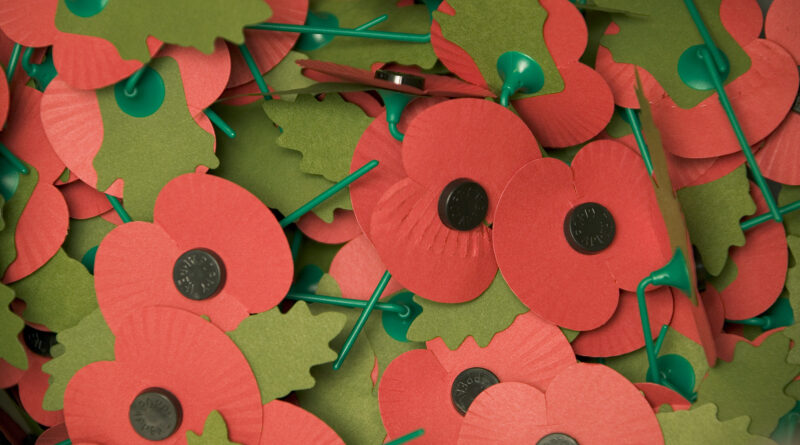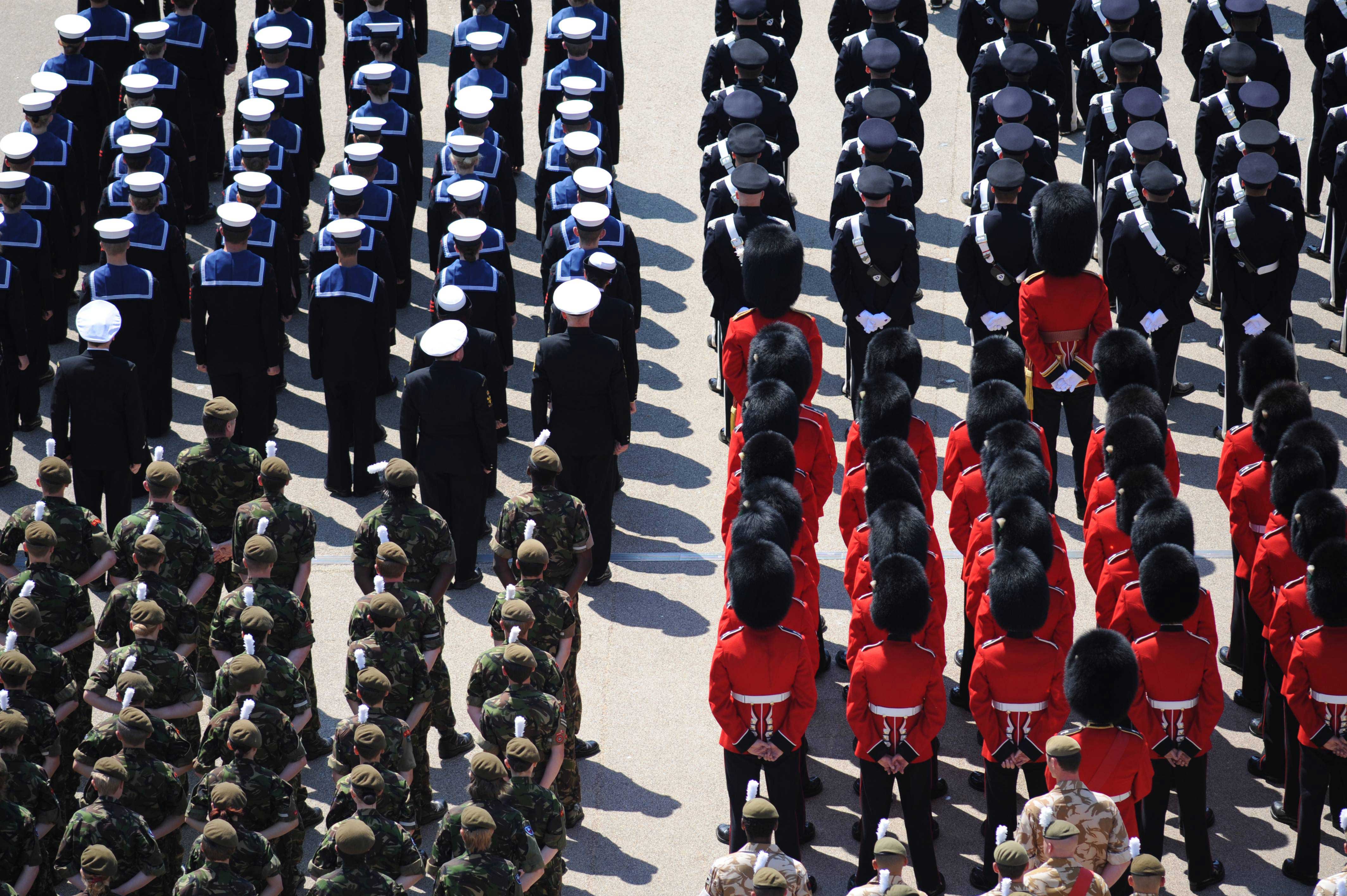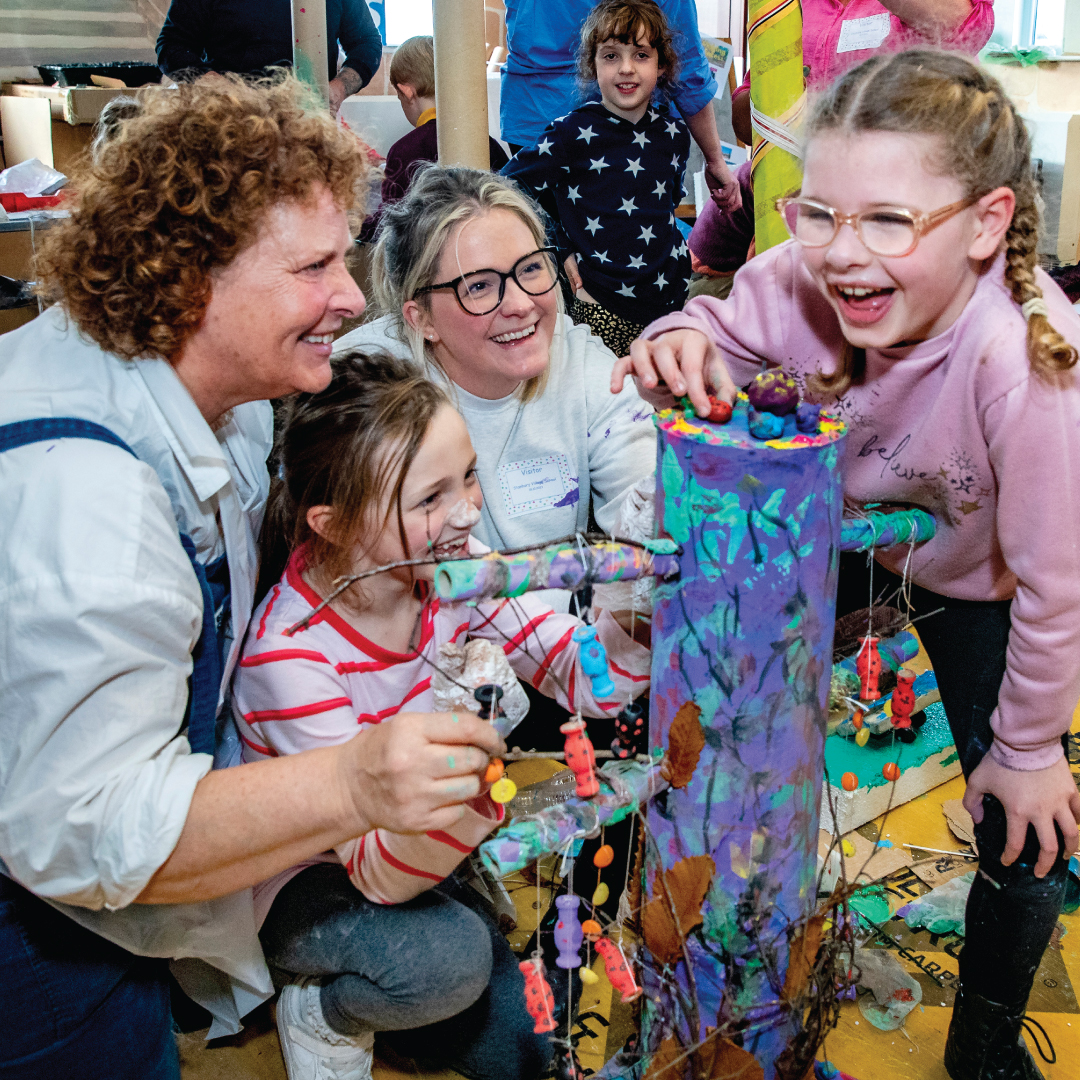Remembrance Sunday, will be held on Sunday 10th November. The National Service of remembrance will be held at the Cenotaph at Whitehall in London at 11am. The service honours the service and sacrifices of the Armed Forces who fought in the two World Wars and any other conflicts. This yearly remembrance ensures no one is forgotten and honours those who sacrificed themselves to protect our freedom.
Every year up to 10,000 veterans, current serving Armed Forces personnel and bereaved spouses and first generation descendants take part in the March Past. From 9am on the 10th November the Royal British Legion detachments form up on Horse Guards Parade. At 10am the March Past begins then at 11am there is a two minute silence in which the whole country falls silent to remember those who gave their lives. The beginning and the end of the silence is marked at 11.00 and 11.02 by the firing of guns by the Kings Troop at Horse Guards Parade
The 11th November marks Armistice Day. This year will mark 101 years since the end of the First World War. On November 11th 1918 the armistice was signed between the Allies of World War I and Germany. This stated an end to any conflict and an end to the war. This was signed at 11am, “on the eleventh house of the eleventh day of the eleventh month.” In many of the Allied nations, and France, this is a national holiday.
Remembrance does not glorify war. Its symbol, the red poppy, is a sign of remembrance and the hope for a peaceful future. The poppy is greatly appreciated by those who it is intended to support and shows your respect. This well-established symbol is one that carries a wealth of history and meaning. During WW1, much of the countryside on the front in Western Europe was repeatedly bombarded by artillery shells. This turned the landscapes into bleak and barren scenes where nothing could grow, apart from the poppy flower. The Flanders poppy flourished in the middle of all the destruction, growing into tens of thousands.
Lieutenant Colonel John McCrae, saw the poppies which gave him his inspiration to write the famous poem ‘In Flanders Fields’. This poem led America academic, Moina Michael to adopt the poppy into the memory of those who had fallen in the war. Anna Guerin, in 1921, sold the poppies in the UK where she met Earl Haigh , the founder of the Royal British Legion. He was persuaded to adopt the poppy as the emblem for the Legion in the UK and so in 1921 they ordered nine million poppies and sold them that year. They raised £106,000 to help the veterans which became the first ‘Poppy Appeal’. In today’s Poppy Appeal, 40,000 volunteers distribute 40 million poppies.
Remembrance Sunday and Armistice Day offer us all a chance to remember not just those who fought, but what they fought for. Today in the UK, remembrance is very different to how it was 100 years ago. People take part no matter what their political views or religious beliefs.
How will you be remembering?




